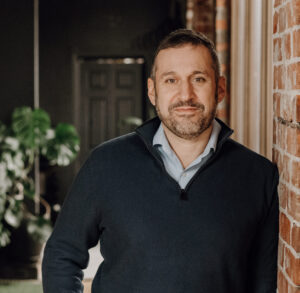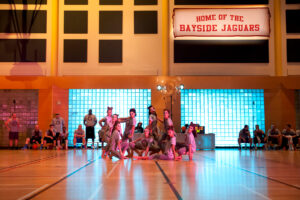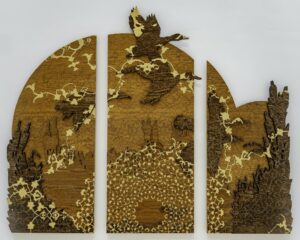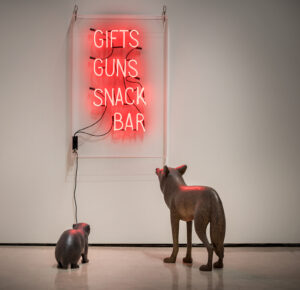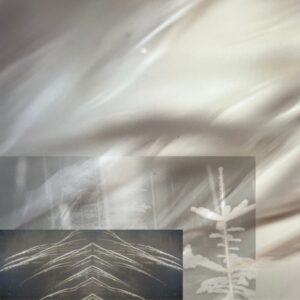Christopher Waters is a professor of international law at the University of Windsor, with a passion for local history. He is the guest curator of an exhibit on the history of Windsor’s Armenian community, currently on display in the Chimczuk Museum. Chris, who has Armenian-Iranian roots, has taught law at universities in several countries, including Armenia.
- Home
- Exhibitions + Displays
- Karsh in Windsor
Karsh in Windsor
May 1, 2025 - June 1, 2025
Third Floor
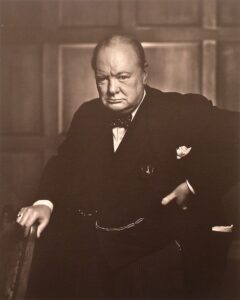
The portrait that propelled Armenian-Canadian photographer Yousef Karsh (1908-2002) to fame was a result of some nerve. In 1941, Karsh was assigned to photograph British Prime Minister Winston Churchill after his speech to the House of Commons in Ottawa. During the sitting, Karsh snatched Churchill’s cigar from his mouth. “By the time I had walked the six feet back to my camera, he was looking as belligerently at me as if he could have devoured me.’ Dubbed the “Roaring Lion,” this portrait captured the defiant spirit of the allies during the dark days of the Second World War. The Roaring Lion on display in this room (3rd floor, Solcz Family Suite) is part of AWE’s permanent Karsh collection and one of few signed original prints. Another original was swapped with a cheap knockoff of the iconic portrait, unnoticed for a couple of years, but recovered and restored to the reading lounge of the Château Laurier in 2024.
In 1960, Windsor became the first stop on a cross-North America tour of “Portraits of Greatness.” The Art Gallery of Windsor, then located at Willistead Manor, reported record crowds for the exhibit. The Windsor Star fawned, if circularly, about the show: “The famous Canadian photographer has taken pictures of most of the great men of modern times. That the portraits are good is proved by their international renown.” The show opened with a reception hosted by Windsor’s Armenian community (currently featured in the community space of Museum Windsor on the first floor of our shared building) with Armenian pastries and music, which Karsh found “thoughtful and touching.”
While Karsh is perhaps best known for his portraits of known for his portraits of prime ministers, presidents, movie stars, authors, philosophers, scientists, artists, popes and other luminaries of the 20th century, he was also a commercial and industrial photographer. In an effort to endorse pride in domestic production, Karsh was commissioned by Ford of Canada in the 1950s to take pictures of the Windsor assembly line, foundry and trade school. Karsh spent two weeks producing photographs that were eventually placed in the company’s annual report and travelled across the country as an exhibition. “It is the men who tell the company’s story best,” said Karsh. “They give the machines life and movement. It is really their skill that gives [a car] strength and beauty.” Karsh’s unique approach to his industrial portraits — concentrating on his subjects instead of the machinery — gave his sitters a heroic stature, transforming ordinary automotive workers into stars. Karsh’s portraits captured the industrial worker’s determination and pride, glamourizing the otherwise harsh industrial environment. The photos in this exhibit, all drawn from AWE’s permanent collection, are being shown here for the first time since 2019.
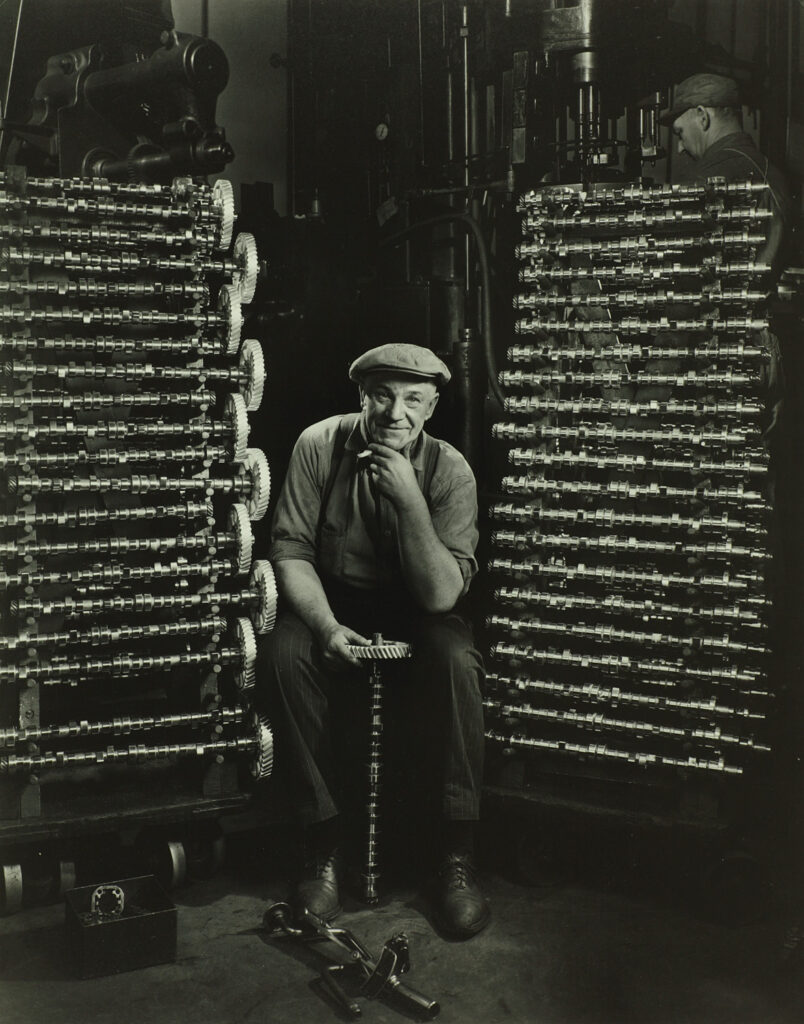
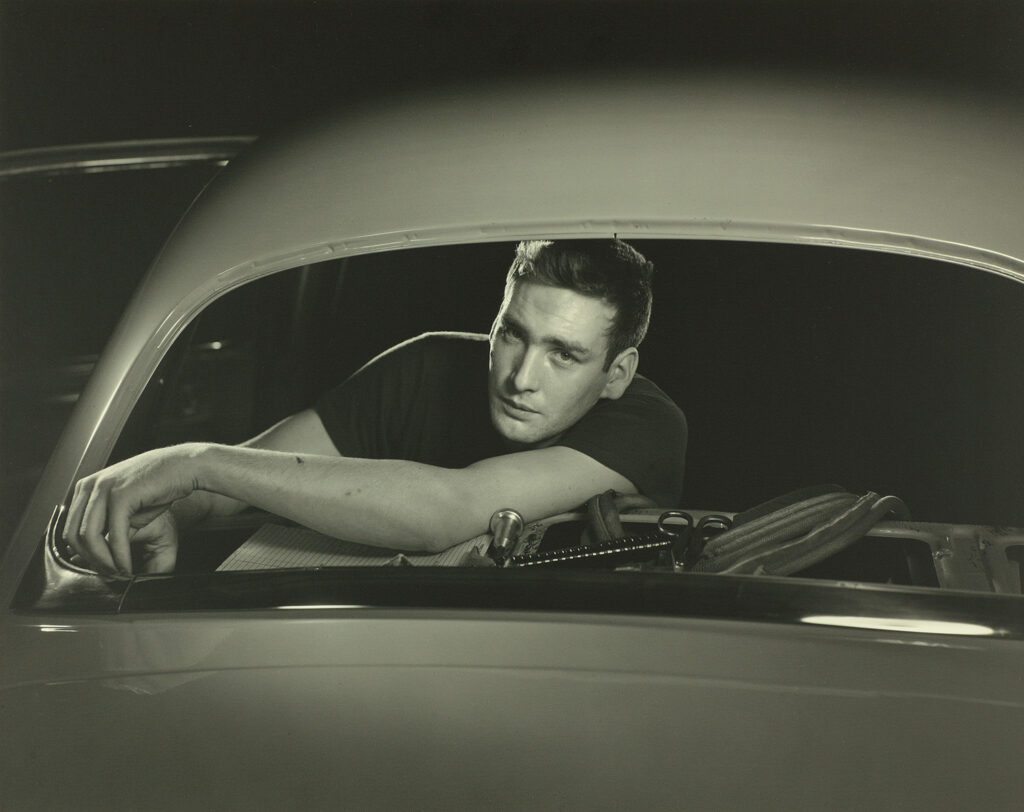
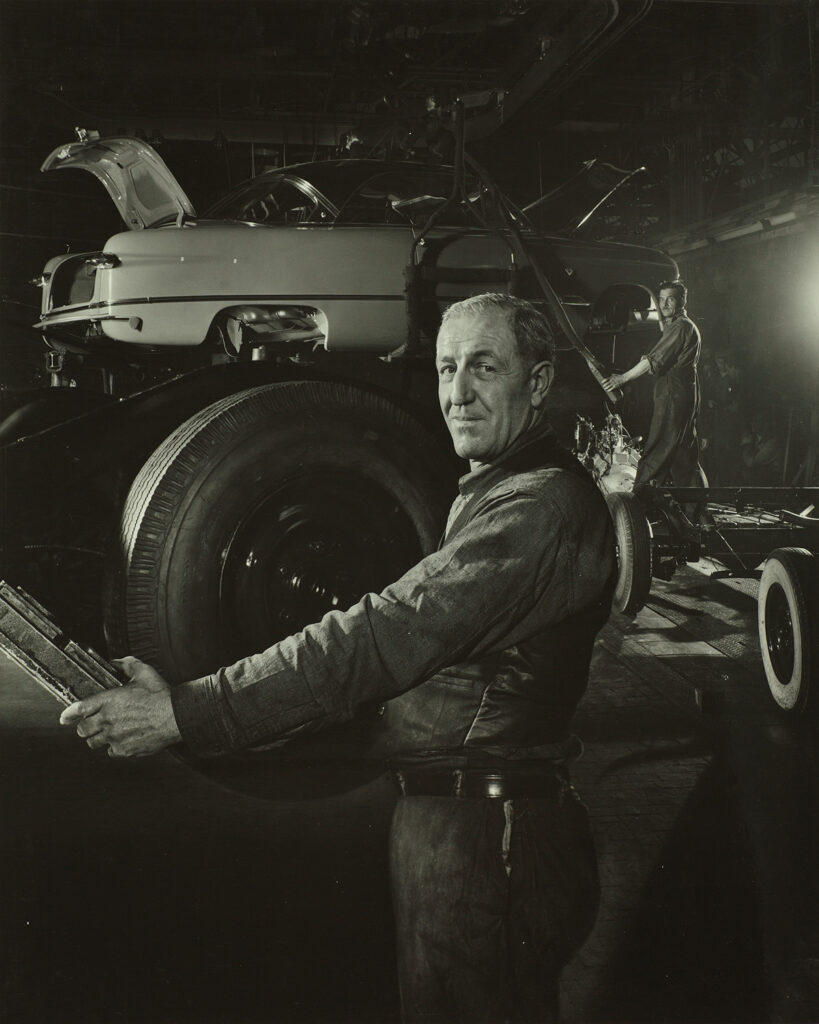
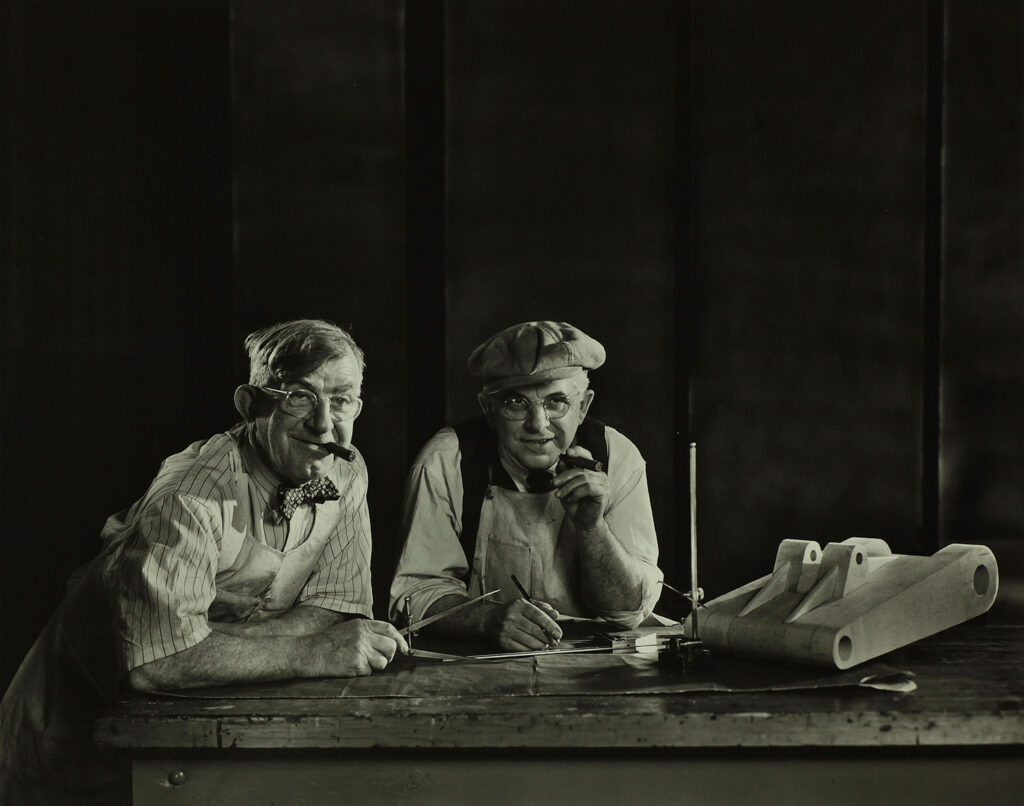
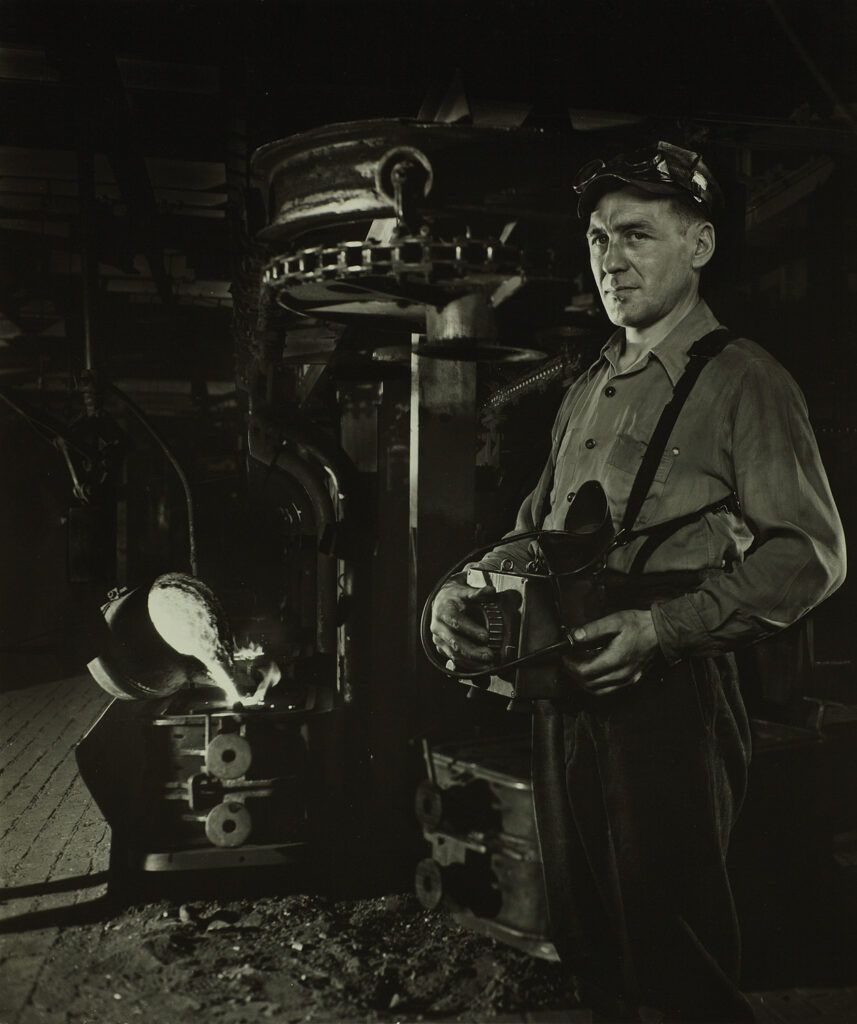
About the Curator: Christopher Waters
